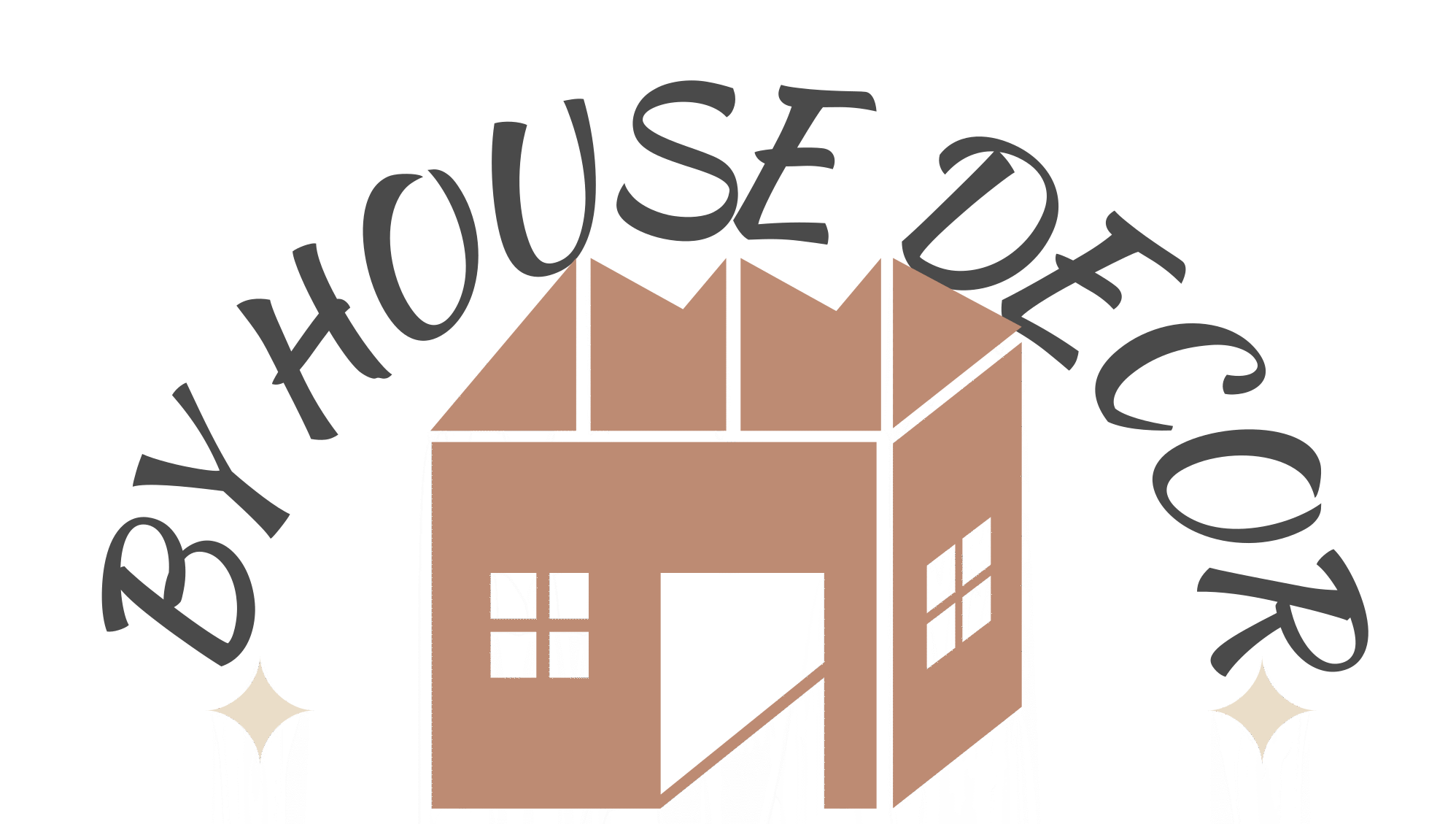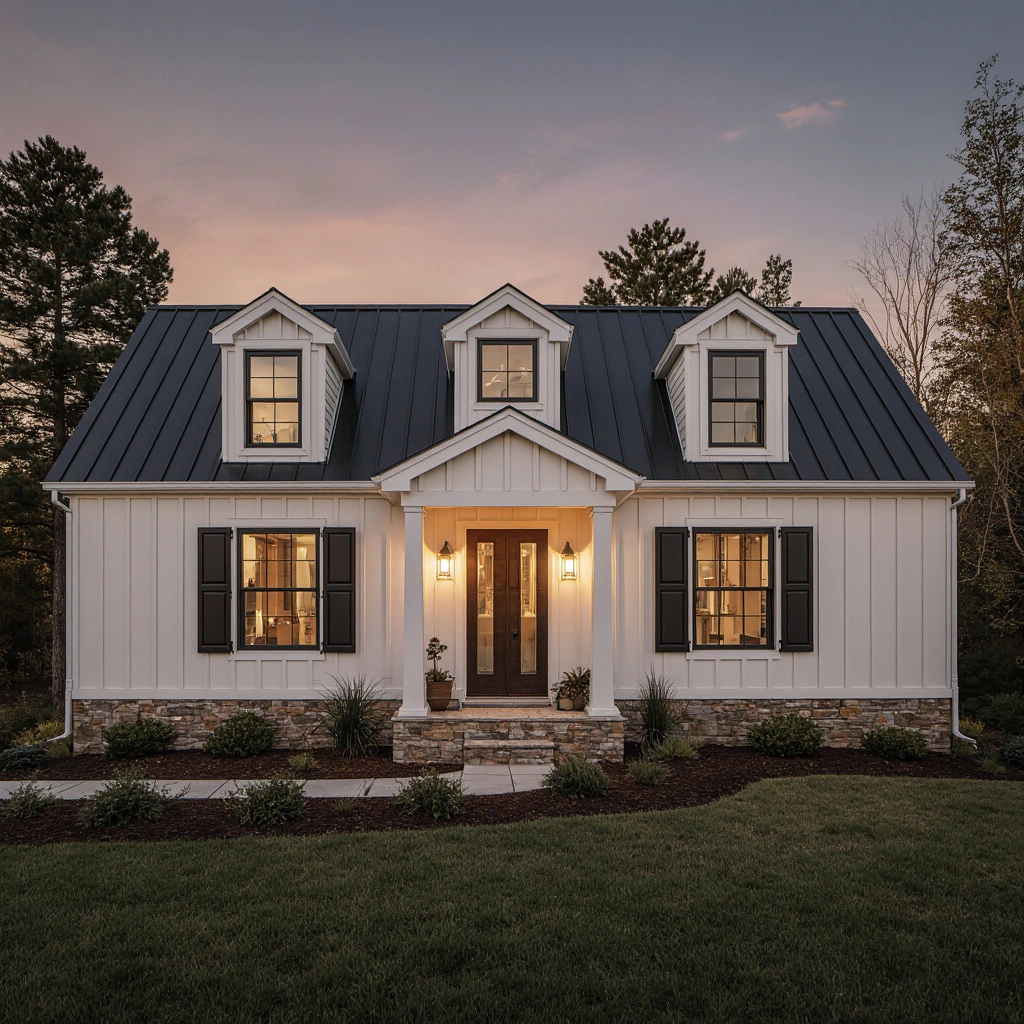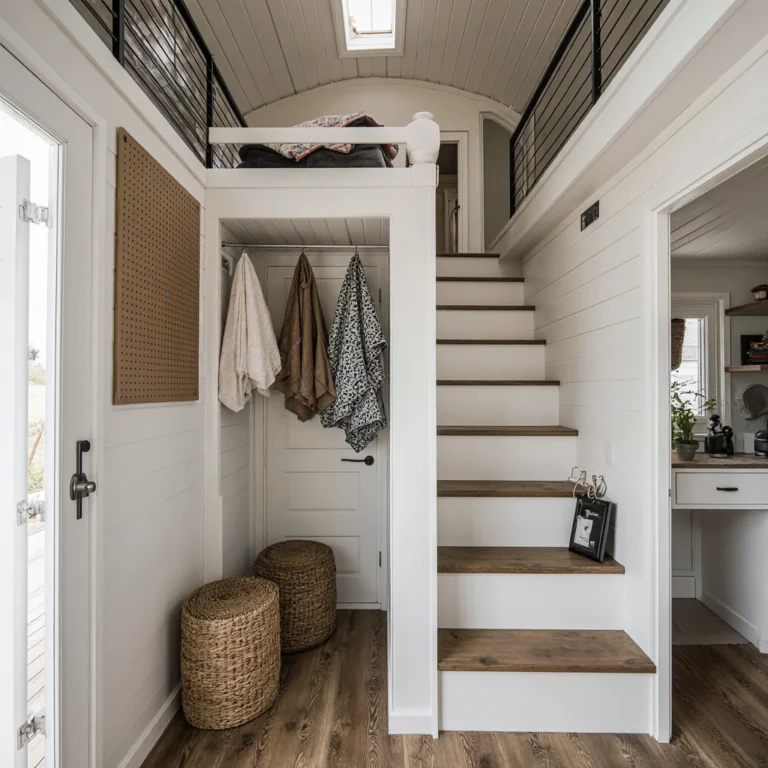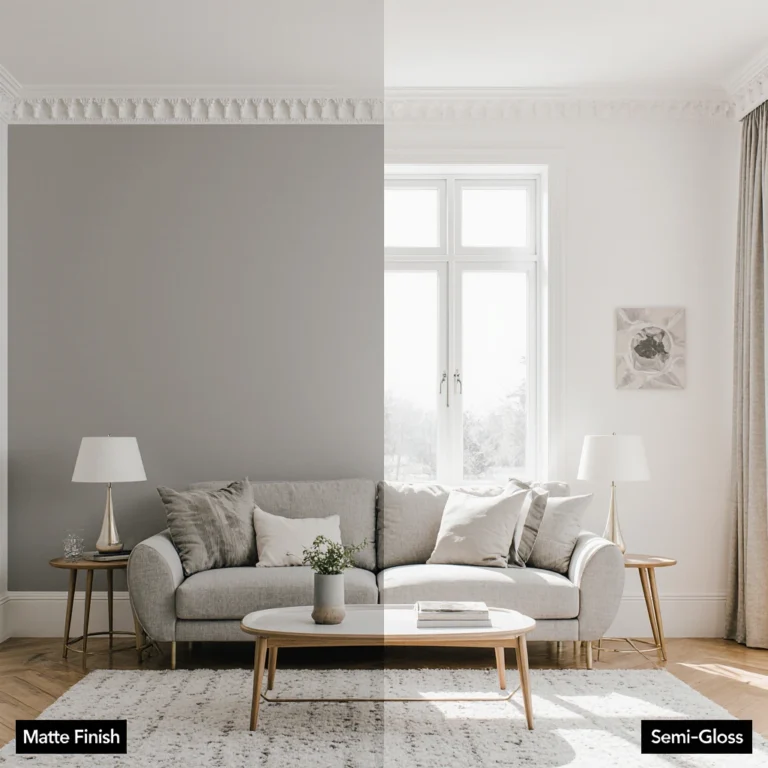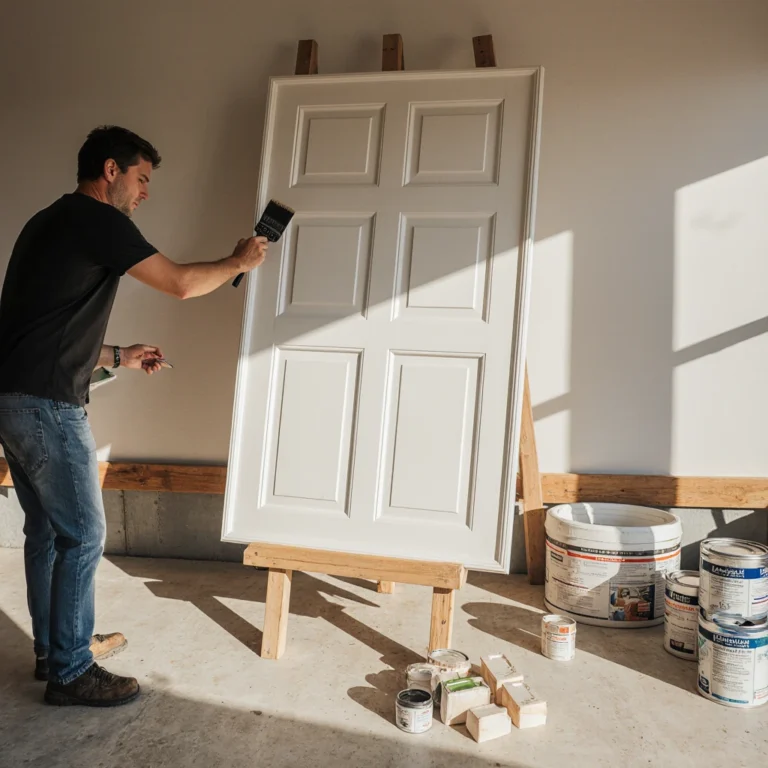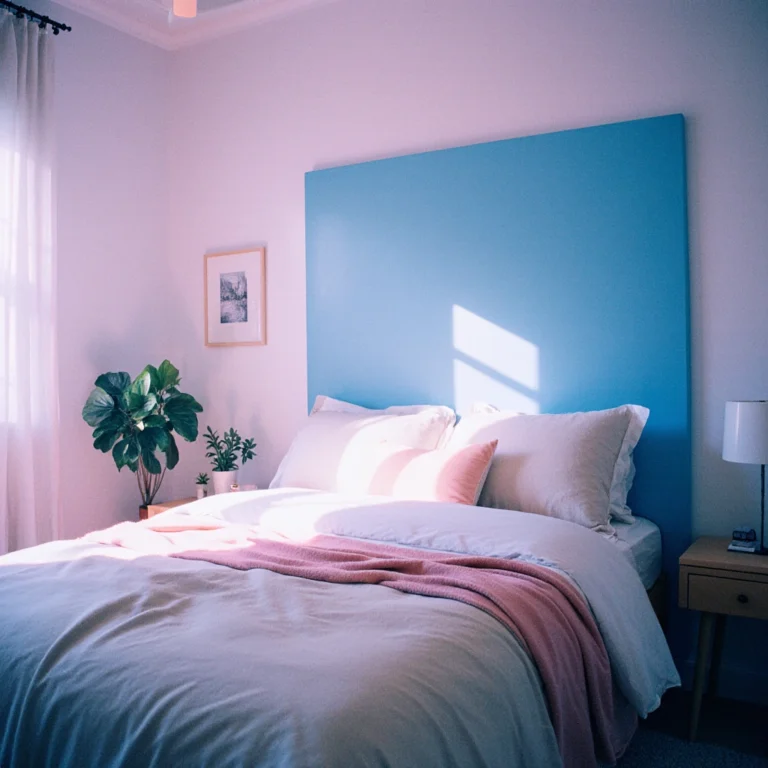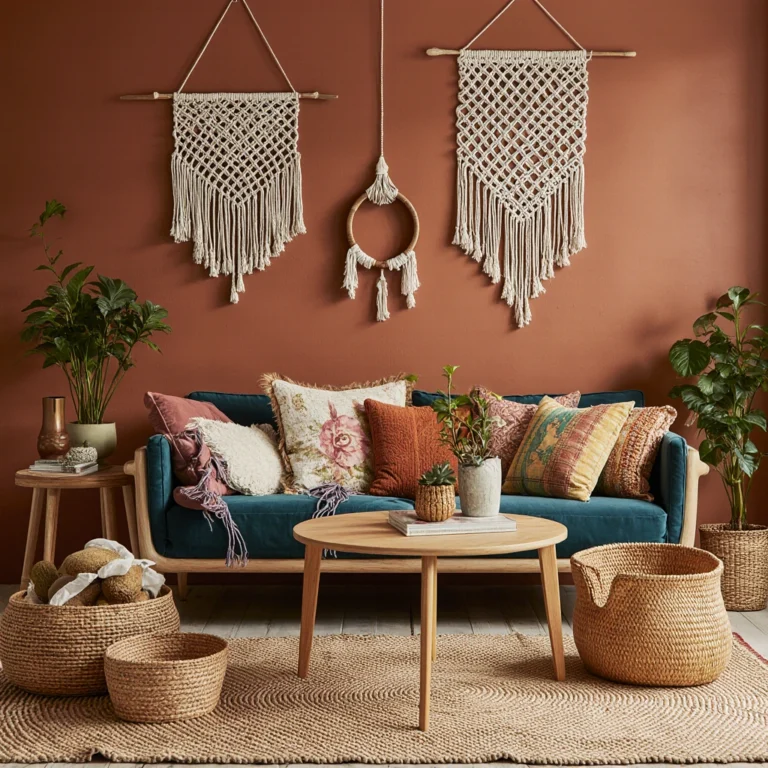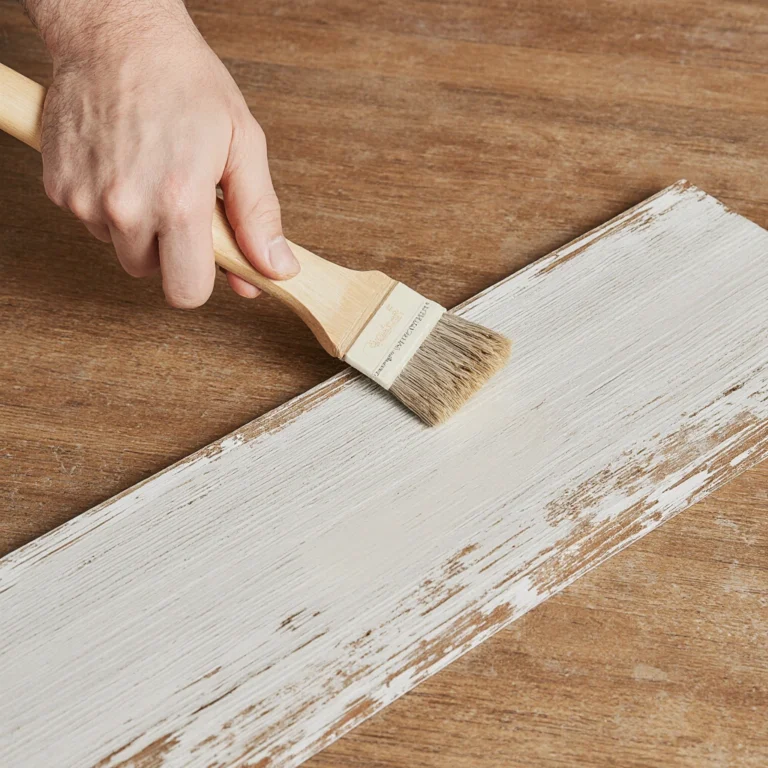Home Exterior Paint Ideas: Transform Your Home with Perfect Color Choices
Table of Contents
Your home’s exterior is the first impression visitors and passersby have of your home, making Home Exterior Paint Ideas essential for adding a touch of beauty to your home and expressing your personal style. Whether you’re planning a complete exterior renovation or repainting your existing home, choosing the right colors and finishes can transform your home’s appearance, potentially increasing its market value by up to 7%.
In this comprehensive guide, we’ll explore everything from popular color palettes and finish options to practical application tips and cost-effective strategies. You’ll discover how to choose colors that complement your home’s design, enhance its natural features, and create a harmonious and distinctive appearance in your neighborhood for good reason.
Types of Exterior Paint Finishes
Understanding exterior paint finishes is essential for achieving professional results that withstand the elements while maintaining their beauty over time.
Flat/Matte Finish
Flat finishes provide excellent coverage and conceal surface imperfections beautifully, making them ideal for older homes with decorative or stucco exteriors. However, they are less durable and harder to clean, making them better suited for low-traffic areas or feature walls rather than major surfaces.
Eggshell Finish
With a subtle sheen that lasts slightly longer than flat paint, eggshell finishes offer a good balance between coverage and washability. They work well on wood and fiber cement exteriors, providing moderate moisture protection while maintaining an attractive, low-gloss appearance.
Satin Finish
Satin finishes are the most popular choice for exterior home paint due to their durability and ease of maintenance. They resist moisture, mold, and fading better than flat finishes, while providing a subtle sheen that enhances the depth of the color. These finishes work well on trim, shutters, and front doors.
Semi-gloss finish
Semi-gloss paints are extremely durable and moisture-resistant, making them ideal for high-traffic areas such as front porches, banisters, and window trim. They’re also easy to clean and maintain, though they highlight surface imperfections more than lower-gloss options.
Gloss finish
High-gloss paints offer the ultimate in durability and are ideal for metal surfaces, outdoor furniture, and architectural details that require frequent cleaning. While they offer the best protection from weather, they require careful surface preparation to highlight every imperfection.
Best paint colors for different home styles
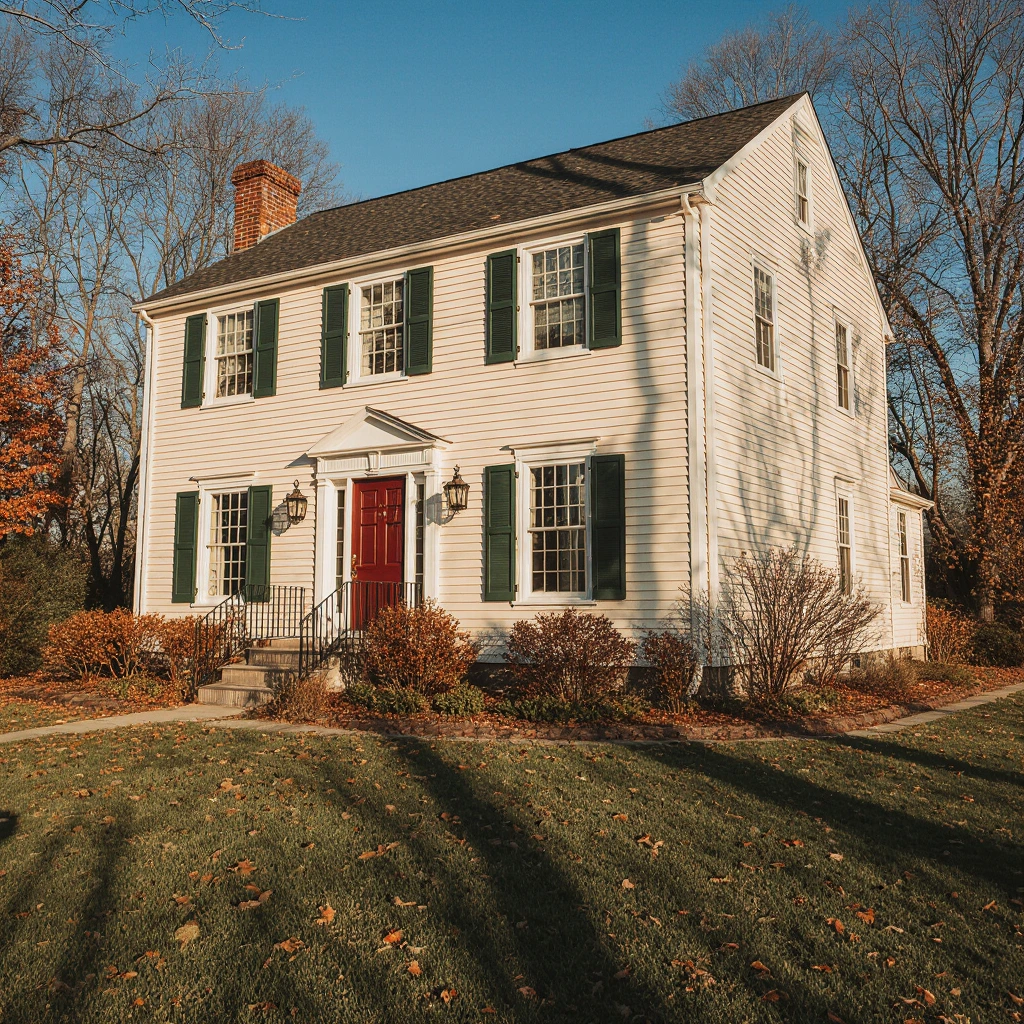
Choosing colors that complement your home’s architectural style creates visual harmony and enhances its authentic character.
Traditional Colonial and Cape Cod Homes
Classic white, cream, and soft gray exteriors with dark shutters remain timeless choices for Colonial-style homes. Shutters in deep blue, forest green, or black create a striking contrast against light main colors. For a contemporary touch, try warm whites like Cloud White or Ornate White with touches of charcoal gray.
Modern Contemporary Homes
Clear lines and minimalist design call for sophisticated color schemes. Charcoal gray, deep navy, and even bold black make stunning backdrops for modern architecture. Balance dark main colors with crisp white and natural wood accents for a dramatic effect.
Craftsman and Bungalow Styles
Earthy tones highlight the natural materials characteristic of Craftsman homes. Warm browns, gray-greens, and pale yellows complement exposed wood elements and stone foundations. Try two-tone color schemes using different shades of the same color family to add depth.
Victorian and Historic Homes
Bold color combinations were historically popular in Victorian-era homes. Shades of deep purple, deep blue, and warm red can be balanced with touches of cream or white. Research your home’s original color scheme or neighborhood historical guidelines before making final decisions.
Ranch and Mid-Century Modern Homes
Modern, minimalist colors are best for homes with a rustic feel. Soft blues, warm grays, and sage greens create a sophisticated look without overwhelming the horizontal lines. Add a distinctive touch with contrasting front doors in bold colors like orange or turquoise.
Paint Color Combinations and Trending Styles
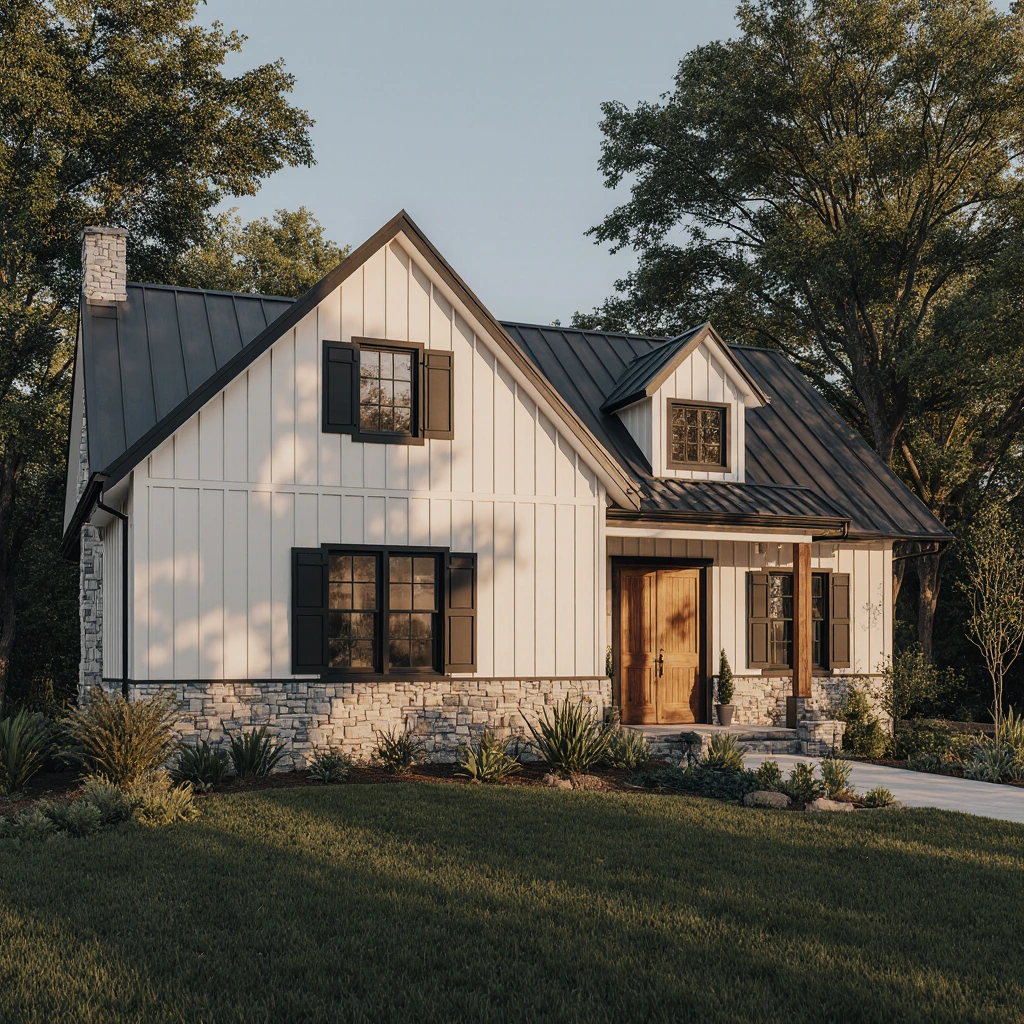
Current exterior paint trends reflect a desire to combine timeless appeal with personal expression, with several styles emerging in 2025.
Monochromatic Sophistication
Using different shades of the same color adds depth while maintaining visual harmony. This trend embodies light gray exterior siding with dark gray trim and white accents, or varying shades of blue from powder to navy.
Natural Earthy Colors
Inspired by sustainable living and life-loving design, earthy colors, such as terracotta reds, warm browns, and gray-greens, connect homes to their natural surroundings. These colors are particularly in affluent rural or suburban areas.
Bold Statement Colors
Confident homeowners are turning to bold colors like deep forest green, rich burgundy, and even sleek black. These choices require careful consideration of the surrounding landscape and neighborhood aesthetics, but they undoubtedly create a captivating outdoor appeal.
Coastal and Nautical Styles
Mild blues, muted grays, and crisp whites evoke a calming seaside vibe, regardless of location. These colors pair beautifully with natural materials like stone and wood, creating a relaxing and welcoming atmosphere.
Seasonal Adaptation Strategies
Consider how your color choices will look throughout the year. Warm colors, such as deep reds and golden yellows, complement autumn foliage, while cool blues and grays blend seamlessly with winter landscapes. Neutral bases with seasonal accent colors on doors and shutters add extra flexibility.
DIY Exterior Painting Tips for Professional Results
Proper preparation and technique are essential for a long-lasting, professional-looking exterior paint job.
Basic Tools and Materials
Invest in high-quality brushes, rollers, and spray equipment if your budget allows. You’ll also need drop cloths, painter’s tape, sandpaper, primer, and cleaning supplies. Don’t forget safety equipment, including ladders, scaffolding, and protective clothing.
Surface Preparation Steps
Clean all surfaces thoroughly with a pressure washer or scrub brush, allowing sufficient drying time. Scrape off loose paint, sand rough areas, and fill holes or cracks with a suitable filler. Apply a primer to wood, metal, or previously unpainted surfaces to ensure optimal paint adhesion.
Weather Considerations
Plan your painting project in mild, dry weather with temperatures between 10 and 22 degrees Celsius. Avoid painting in direct sunlight, high humidity, or wind. Morning and evening hours often provide ideal conditions for exterior painting.
Application Techniques
Work in manageable sections, maintaining a wet edge to avoid overlap marks. Use the “cut and roll” method for large areas, trimming edges with a brush before rolling the main surface. Apply paint in thin, even coats rather than trying to achieve full coverage with a single thick coat.
Common Mistakes to Avoid
Don’t skip primer on difficult surfaces, don’t rush the drying process between coats, and don’t paint over dirty or damaged surfaces. Avoid painting in adverse weather conditions or using paint types that are incompatible with existing coatings.
Cost Breakdowns and Economical Strategies
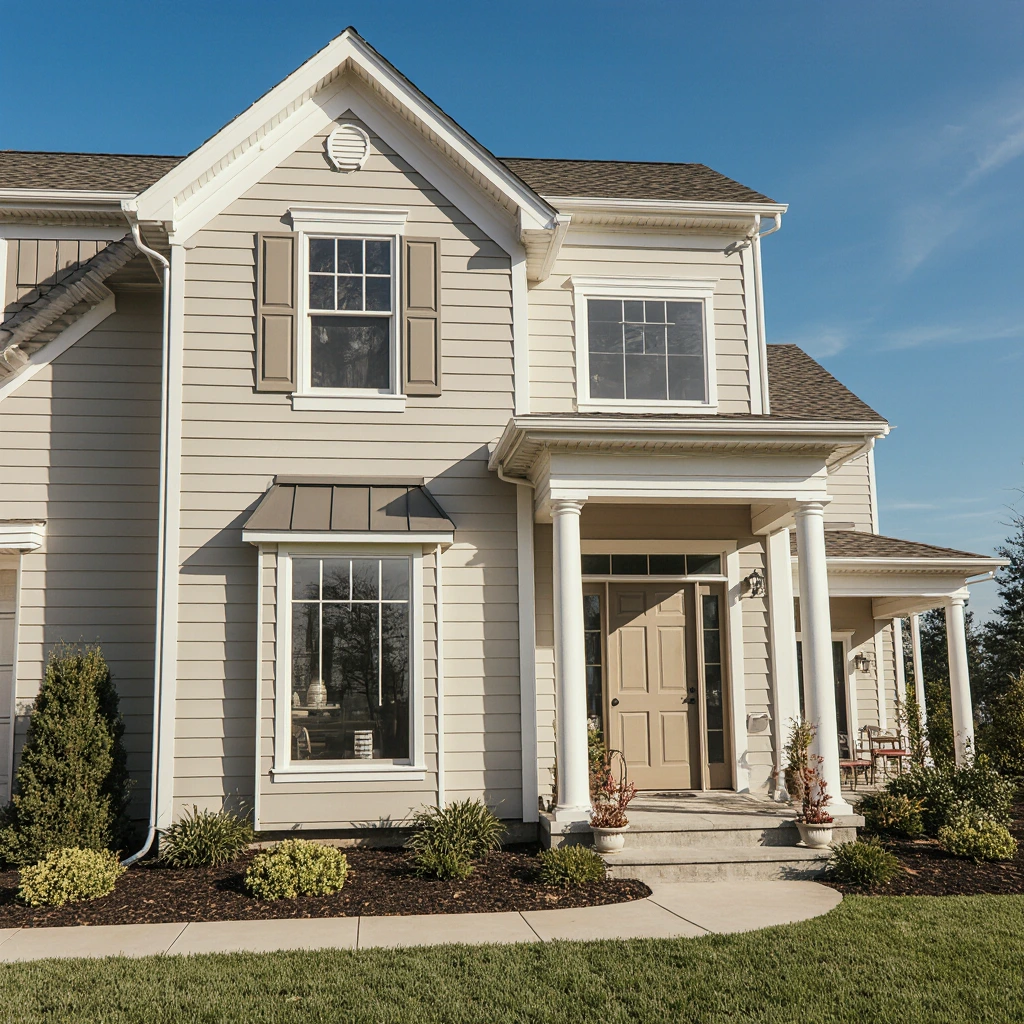
Understanding exterior painting costs helps you plan effectively and identify potential savings.
Typical Cost Ranges
Professional exterior painting typically costs between $3,000 and $8,000 for an average-sized home, depending on size, complexity, and labor costs in each area. DIY projects can reduce costs by 50-70%, although they require a significant investment in time and skill development.
Material Cost Considerations
High-quality exterior paints range from $50-$100 per gallon, with premium brands offering better coverage and durability. Consider the cost of primer, brushes, rollers, and other supplies when budgeting. One gallon typically covers 350-400 square feet.
Money-Saving Strategies
Buy paint during sales periods, typically in late fall or early spring. Consider paint and primer combinations to reduce material costs and application time. Buy in bulk for large projects to receive contractor discounts.
Eco-Friendly Options
Low- or zero-VOC paints contribute to improved air quality and often last longer than traditional formulations. While initially more expensive, their durability and environmental benefits provide long-term value.
DIY vs. Professional Services
Consider hiring professionals for complex architectural details, second-story work, or if you lack experience painting exteriors. You can balance cost savings and quality results by painting major surfaces yourself while hiring professionals for the finishing touches.
Latest Paint Trends and Design Inspiration
Keeping up with the latest exterior paint trends ensures your home looks modern and fresh while maintaining its timeless appeal.
Trend Colors for 2025
Warm neutrals like “cozy gray” and “cozy beige” continue to dominate exterior color choices. Deep, sophisticated blues and greens are gaining popularity as homeowners seek to connect with nature. Black and very dark gray exteriors add a distinctly modern touch.
Regional Preferences
Coastal areas favor muted blues and grays, while the southwest embraces warm terracotta colors and desert-inspired neutrals. Mountain communities often opt for shades of green and brown that blend in with their forested surroundings.
Influenced by Interior Design
The trend toward integrated indoor-outdoor living is influencing exterior color choices. Homeowners are increasingly choosing exterior colors that complement their interior design schemes, creating harmonious transitions between spaces.
Sustainable Design Integration
Colors that complement solar panels, green roofs, and other sustainable features are becoming increasingly important. Neutral and earth-toned backgrounds allow eco-friendly additions to blend in naturally.
Common Mistakes in Exterior House Painting
Avoiding these common mistakes ensures professional results and long-lasting beauty.
Inadequate Surface Preparation
Neglecting proper cleaning, scraping, and preparation can lead to poor adhesion and premature paint damage. Invest time in thorough preparation for the best long-term results.
Incorrect Paint Selection
Using interior paint outdoors or choosing finishes that are not suitable for certain surfaces can compromise durability and appearance. Always choose paints specifically formulated for exterior use.
Poor Color Coordination
Failure to consider the architectural style, surrounding landscape, and neighborhood aesthetics can result in clashing or inconsistent color choices. Test colors in different lighting conditions before making a final decision.
Rushing the Work
Attempting to complete large projects too quickly often results in poor coverage, visible brush marks, and other quality issues. Allow sufficient time for each step of the process.
Ignoring the Weather
Painting in unfavorable weather conditions can lead to adhesion problems, uneven coverage, and premature paint damage. Monitor the weather forecast and plan accordingly.
Exterior Paint Maintenance
Regular maintenance prolongs the life of your exterior paint while keeping your home looking fresh and beautiful.
Regular Cleaning Schedule
Wash exterior surfaces annually using a mild detergent and water. Remove mold, dirt, and other contaminants that can cause paint to deteriorate over time. Pay particular attention to areas prone to moisture accumulation.
Painting Strategies
Keep extra paint for refinishing and store it properly to maintain its quality. Treat cracks, dents, and minor damage immediately to prevent moisture intrusion and deterioration.
Inspection and Maintenance
Perform annual inspections and look for signs of paint damage, wood rot, or other problems that require attention. Address problems early to avoid repair costs later.
Professional Maintenance Services
Consider hiring professional technicians for periodic deep cleanings, sealant renewals, and minor repairs. Regular professional maintenance significantly extends the life of your paint.
Conclusion
Changing your home’s exterior with the perfect paint choice combines artistic vision with practical considerations. From selecting the right finishes and colors that complement your architectural style to implementing the right application techniques and maintenance strategies, every decision contributes to enhancing your home’s overall curb appeal and value.
Remember, exterior paint is an investment in your property’s future, impacting its appearance and long-term maintenance costs. Take the time to research your options, experiment with colors in different lighting conditions, and prepare surfaces thoroughly for the best results.
Try these paint ideas in your next home renovation and let us know how it turned out in the comments. Sign up for more home decor guides and expert tips to help you design your perfect living space!
Best Amazon Picks :
FAQs
What is the best paint finish for high-humidity areas like bathrooms and kitchens?
Semi-gloss and satin finishes are best suited for high-humidity areas due to their superior moisture resistance and easy cleaning. These finishes create barriers against moisture while maintaining an attractive appearance.
How long should exterior paint dry before applying another coat?
Most exterior paints require 4 to 6 hours between coats under ideal conditions, although full drying time is typically 24 to 48 hours. Check the manufacturer’s specifications and adjust the timing based on temperature and humidity levels.
How do I choose exterior colors that complement my garden design?
Consider seasonal changes and the prevailing colors in your garden. Earthy tones blend well with natural environments, while contrasting colors highlight the beauty of plants. Test color samples around your home at different times of the day.
Can I paint dark exterior walls without a primer?
While this is possible with high-quality paint, using a primer ensures better coverage, color accuracy, and long-lasting durability. Using a primer is crucial when making dramatic color changes or painting over glossy surfaces.
